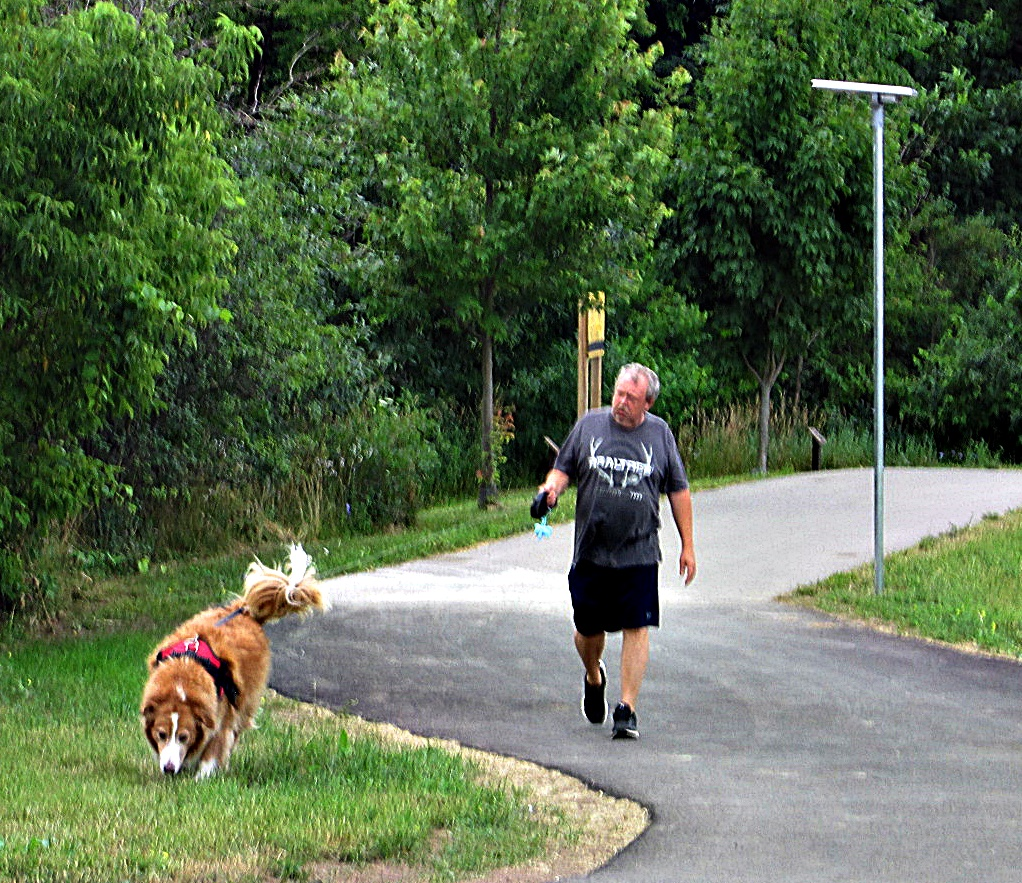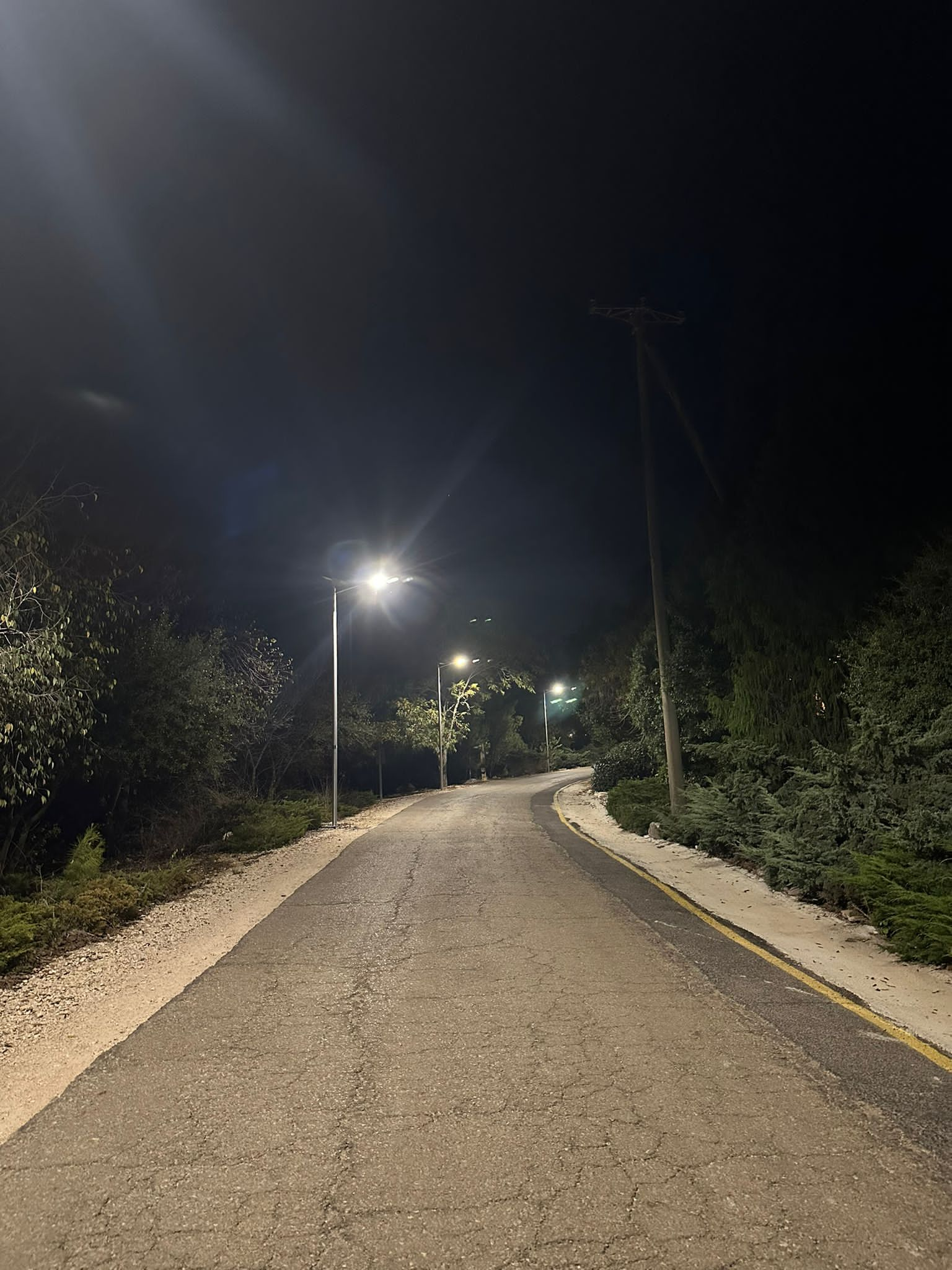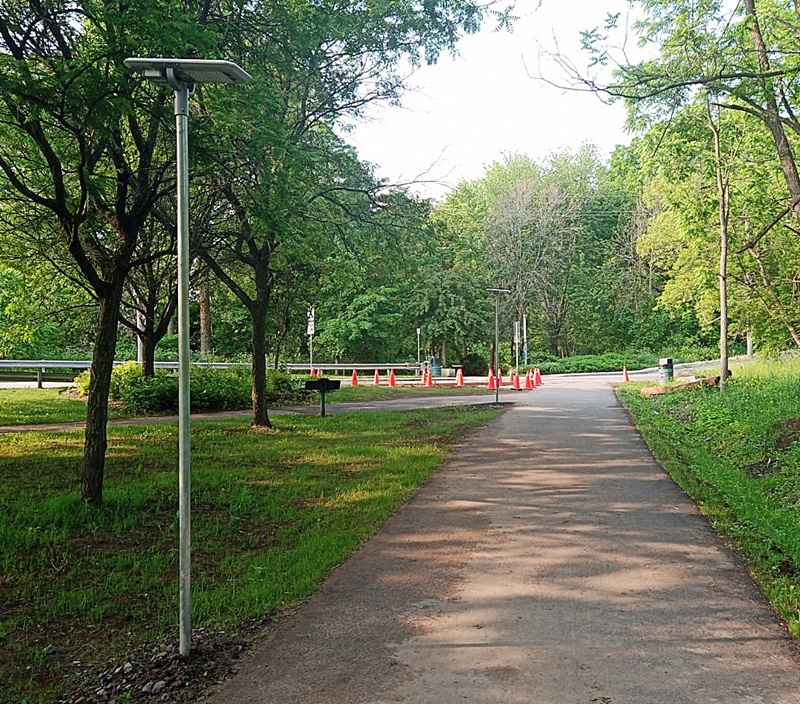When creating a solar streetlight proposal, we tend to focus on the obvious factors such as efficiency, energy savings and lighting performance. However, there are some lesser-known factors that are just as critical, and can take the stress out of the specification process to ensure that your solar street lights perform optimally in your application scenario. In this article, we’ll dive into some of the lesser-known factors of concern to help you create a more complete solar streetlight proposal.

Activity time
1.Determine the active time period
- When is the area active?
- When does activity usually decline or stop?
- Will the area be active again before sunrise?
2.Application of Adaptive Lighting Technology
Is motion sensing a good option when there is little to no activity?
For low activity periods, consider using adaptive lighting technology. With adaptive lighting, we can reduce fixture wattage during low activity periods to save solar energy and maintain efficient lighting when activity increases. This not only reduces energy consumption, but also reduces overall project costs.
3. Situations where activity is stable throughout the night
If activity is steady all night, is it necessary to run and maintain lighting output from dusk to dawn?
In the case of an all-night stabilised event, it may be necessary to maintain a high level of brightness throughout the night. In this case, it is necessary to ensure that the solar street light system selected has efficient and stable operational performance to meet the continuous lighting demand.
4. Application of Motion Sensing Function
Is there a need to increase lighting randomly, but can it be reduced at times of low traffic flow?
The use of adaptive lighting with motion sensing is ideal for situations where lighting needs to be reduced at low traffic levels, but can be randomly increased when needed. This can provide additional lighting when needed, while reducing energy consumption during low activity periods.
By taking these factors into account in depth, we can tailor a smart lighting solution to ensure that your solar street lights operate efficiently and energy-savingly in a variety of active time scenarios. Keeping light and activity together at night infuses urban lighting with smarter, more thoughtful solutions.

Shading
Shading issues are a crucial consideration in the planning and installation of solar street lights. Shadows, whether caused by trees, buildings or other tall objects, can interfere with direct sunlight to solar panels, reducing the efficiency of energy generation. In this article, we’ll delve into the issue of shading and provide solutions to ensure that solar street lights operate efficiently in a variety of environments.
1. Identification of shading sources
Firstly, a comprehensive identification of the sources that may be causing shading is required. This may include surrounding trees, buildings or other tall objects. Understanding where these sources of shading are located and how they affect the solar panels is the first step in solving the problem.
2. Advanced Installation Techniques
In some cases, traditional tree trimming methods may not solve the shading problem. In such cases, we use advanced mounting techniques to skilfully install the solar street light system up to 100 feet away from the power supply. This unique mounting method ensures that the solar panels receive enough sunlight during the day to allow for uninterrupted lighting operation at night.
3. System Flexibility
In the event that the shading source cannot be removed, we have designed the solar street light system with the flexibility to accommodate varying degrees of shading impact. By adjusting the angle of the solar panels or using efficient optical designs, the system is able to maximise the absorption of sunlight and provide sufficient energy even when shaded.
4. Long-term stability guarantee
We focus on the long-term stability of the system to ensure that the solar street light can still operate reliably when facing shading problems. By choosing high-quality materials and advanced technology, we guarantee a long service life of the system to provide you with reliable night lighting service.
Lighting Rating Requirements
In solar street lighting projects, lighting class requirements are one of the key factors in ensuring that the lighting system will meet city codes and standards. By targeting optics and flexible design, we can provide efficient, standards-compliant solar streetlight solutions that meet the lighting needs of different areas and sizes.
1. Fully Understanding Lighting Requirements
Lighting level requirements are usually determined by municipal codes or lighting standards. We will fully understand these lighting requirements at the beginning of the project and determine how many solar streetlights are required in the scheme based on the specific size of the area. This helps ensure that our designs meet industry standards and provide adequate lighting levels for the city.
2. Flexible light customisation
With the help of targeting optics, we can customise the lights to suit the actual installation and lighting requirements to ensure adequate coverage. By optimising the layout of luminaires, we are able to reduce the number of lights required while maintaining light levels, thereby reducing project construction costs.
3. Complete Lighting Analysis
When determining the number and spacing of luminaires, we use our engineers to perform a complete lighting analysis using IES files. This analysis will accurately show the amount of light provided by the system and the spacing required for the project. Completing this analysis at the design stage helps to identify problems early and optimise the solution, ensuring that the project meets the standard requirements during both the construction and operational phases.
4. Flexibility to adapt to different scenarios
According to the specific situation, we can adjust the installation height of the lamps and lanterns, spacing and other parameters, in order to meet the requirements of different areas of the lighting level. Optimising the spacing of luminaires on a standard two-lane road and reducing the height of luminaires to achieve a more compact lighting layout in different areas are examples of our flexible response to project characteristics.

Installation Requirements
When designing a solar street lighting project, it is vital to understand the specific installation requirements, which may relate to wind loads, pole heights and any local constraints. By carefully considering these factors, we can ensure that the solar streetlight system will operate robustly once installed and adapt to a variety of environmental conditions.
1. Wind loads and system robustness
In airports, coastal areas, or other locations susceptible to large storms or hurricanes, it is critical to understand the wind load rating. Choosing a system with a high wind load rating ensures that the system will provide continuous lighting in extreme weather conditions. While this increases the cost, it also means that the system is more durable and the increased cost is worth it.
2. Mounting Height Restrictions
Many areas have mounting height restrictions. Ensuring that you are aware of these restrictions is critical to ensuring that your system is compliant. Solar street light fixtures are mounted on top of poles, so mounting height restrictions can directly affect the mounting height of the fixtures. When designing the system, it is important to ensure that the chosen mounting height complies with local codes and requirements.
3. Pole selection and positioning
Pole selection is critical to ensure that the system operates securely. Taking into account wind loads and other environmental factors, it is necessary to select poles with adequate strength and stability. In addition, ensure that the height and positioning of the poles meet the lighting requirements of the project and avoid any potential restrictions.
4. Mounting heights and luminaire locations
Always ensure that there are no restrictions on mounting heights and luminaire locations in your area. If there is a height restriction, the luminaire mounting position may be limited and this needs to be taken into account in the design.
For all parts of a solar street lighting proposal, making sure to cover all aspects will ensure you get the most accurate proposal possible. Talk to a SRESKY solar lighting professional to customise your solar street lighting proposal!
Table of Contents